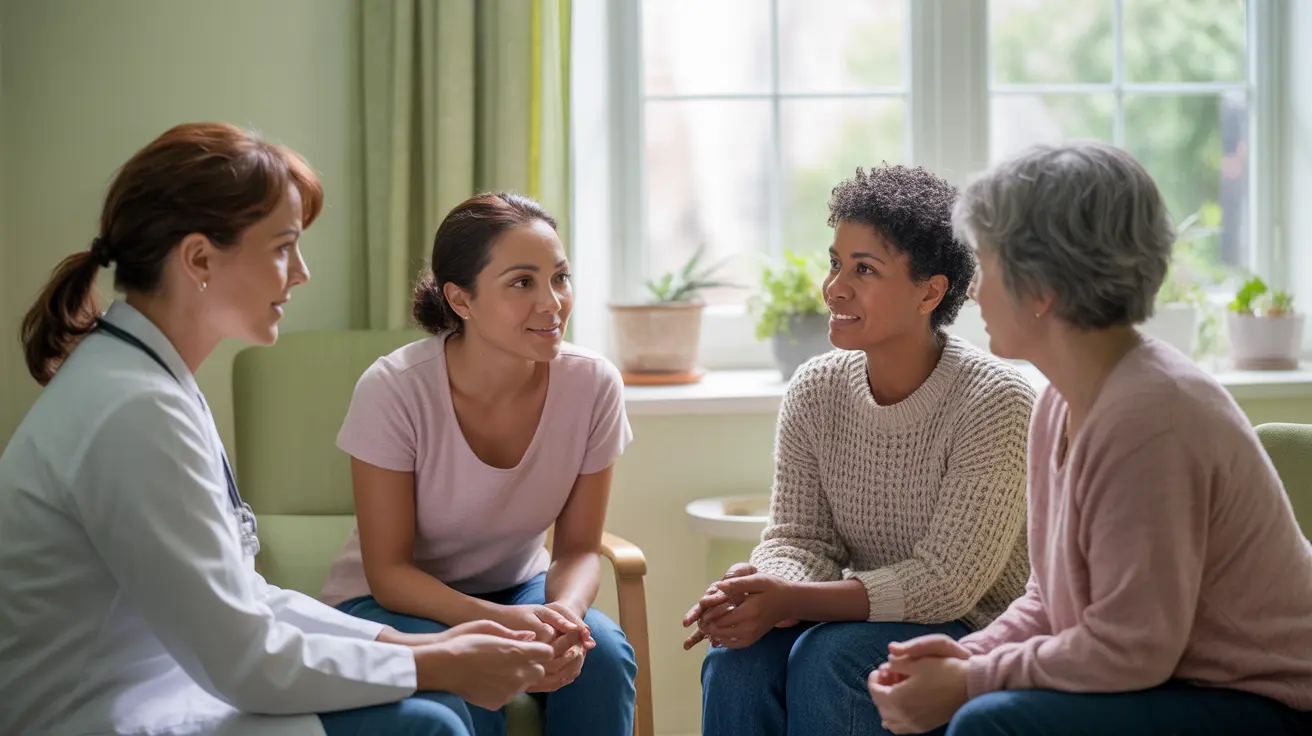If you're experiencing unexpected vaginal bleeding and wondering about its connection to trichomoniasis (trich), you're not alone. Trichomoniasis is one of the most common sexually transmitted infections (STIs), and while not everyone experiences bleeding as a symptom, it can indeed occur as a result of this infection.
Understanding the relationship between trichomoniasis and vaginal bleeding is crucial for recognizing when to seek medical attention and getting proper treatment. Let's explore the connection between trich and bleeding, along with other important information about this common but treatable infection.
Understanding Trichomoniasis and Its Effects on Vaginal Health
Trichomoniasis is caused by a microscopic parasite called Trichomonas vaginalis. This infection can affect both men and women, though women are more likely to experience noticeable symptoms, including potential bleeding between periods.
When trich affects the vaginal area, it can cause inflammation of the vaginal walls and cervix. This inflammation may lead to small breaks or irritation in the tissue, which can result in spotting or irregular bleeding.
Common Symptoms of Trichomoniasis
While bleeding might be one concern, trichomoniasis can present with various symptoms, including:
- Frothy, yellow-green vaginal discharge
- Strong vaginal odor
- Itching and irritation
- Pain during urination or sexual intercourse
- Redness or swelling of the genital area
- Spotting or bleeding between periods
The Connection Between Trichomoniasis and Bleeding
Vaginal bleeding associated with trichomoniasis typically occurs due to several factors:
Inflammation and Tissue Irritation
The infection can cause significant inflammation of the vaginal walls and cervix, leading to increased sensitivity and potential bleeding, especially after sexual activity.
Cervical Friability
Trichomoniasis can make the cervix more friable (easily damaged), which may result in light bleeding or spotting, particularly after intercourse or during examination.
Diagnosis and Testing
If you're experiencing unusual bleeding or other symptoms, it's essential to get tested for trichomoniasis. Healthcare providers typically diagnose trich through:
- Physical examination
- Laboratory testing of vaginal secretions
- Microscopic examination of samples
- Nucleic acid amplification tests (NAATs)
Treatment Options and Recovery
Trichomoniasis is typically treated with oral antibiotics, most commonly metronidazole or tinidazole. Treatment is usually very effective when taken as prescribed, and symptoms, including bleeding, should resolve within a week after completing treatment.
It's important to note that all sexual partners should be treated simultaneously to prevent reinfection, and individuals should abstain from sexual activity until treatment is complete and symptoms have resolved.
Prevention Strategies
To prevent trichomoniasis and associated symptoms like bleeding, consider these measures:
- Use condoms consistently and correctly during sexual activity
- Get regular STI screenings
- Avoid douching, which can disrupt vaginal flora
- Maintain open communication with sexual partners about STI status
- Complete all prescribed treatments if diagnosed
Frequently Asked Questions
- Can trichomoniasis cause vaginal bleeding or spotting between periods?
Yes, trichomoniasis can cause vaginal bleeding or spotting between periods due to inflammation and irritation of the vaginal walls and cervix. This bleeding is typically light and may be more noticeable after sexual activity.
- What are the common symptoms of trichomoniasis besides discharge and itching?
Besides discharge and itching, common symptoms include vaginal odor, pain during urination or sex, genital redness and swelling, and possible bleeding between periods. Some people may experience no symptoms at all.
- How is trichomoniasis diagnosed and can bleeding be a sign to get tested?
Trichomoniasis is diagnosed through laboratory tests of vaginal secretions and microscopic examination. Unusual bleeding can indeed be a sign to get tested, especially when accompanied by other symptoms like discharge or discomfort.
- What is the recommended treatment for trichomoniasis and how soon do symptoms, including bleeding, stop?
The recommended treatment is oral antibiotics (usually metronidazole or tinidazole). Symptoms, including bleeding, typically improve within a few days and should completely resolve within a week after completing treatment.
- How can I prevent trichomoniasis and avoid complications like bleeding or other infections?
Prevention methods include using condoms consistently, getting regular STI screenings, avoiding douching, and ensuring all sexual partners are treated if an infection is diagnosed. These measures help prevent both initial infection and reinfection.




